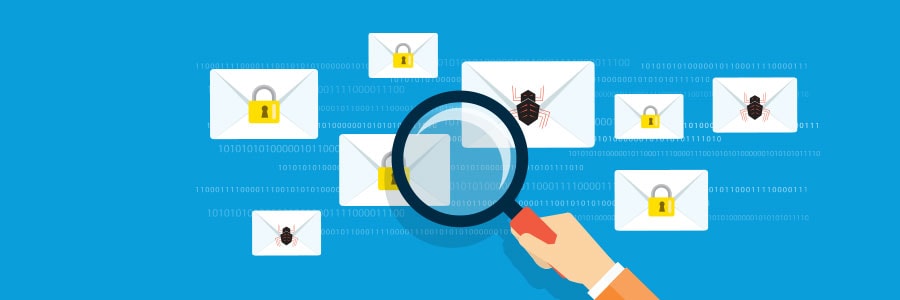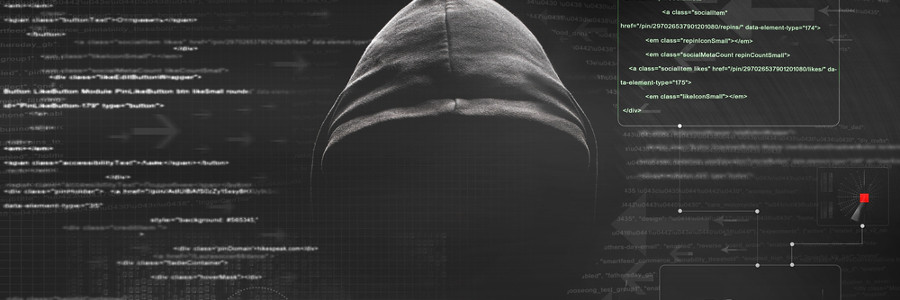The term "hacker" often conjures up images of criminals in hunched over computers in a dark room, but in the 1950s, hackers were simply computer enthusiasts who enjoyed pushing boundaries. However, the rise of personal computers in the 1980s led to a shift.
A guide on the 3 types of hackers and how they operate
Keep your SMB safe from these hackers
These 5 types of hackers are a threat to SMBs

Malicious hackers are motivated by different things. Some do it for fun, some want money, and others just want to end your business. Getting to know how they behave and what drives them informs how you must defend your organization against them.
Script kiddies
In terms of skill, script kiddies (or skids, for short) are at the bottom of the hacker totem pole.
The threat of distributed spam distraction

You wouldn’t think that cybercriminals would carry out their nefarious schemes in plain sight — except that they do and you’ve probably already fallen victim to them. Learn all about a scheme called distributed spam distraction (DSD) and how malicious actors are using it to steal valuable information from their victims.
Cybercriminals target healthcare data
4 types of hackers to watch out for

When it comes to cyberattacks, most business owners get hung up on the technical and logistical details, forgetting another important aspect: motive. Why are hackers attacking people and organizations? And whom are they targeting? By answering these questions, you’ll have a better understanding of which of your business’s resources need the most protection.
iPhone security vulnerabilities revealed

Cellebrite, an Israel-based vendor that works with the U.S. government, has revealed that they've found a way to unlock practically every iPhone available on the market. It appears to be a significant milestone for law enforcement and forensic specialists, yet it’s also a potential privacy issue for Apple customers.
Hackers use browsers to get credit card info

The Autofill feature fills a void in the web browsing habits of many. It eliminates the need to enter all your details when logging on your social media accounts or when checking out your basket after e-shopping. On Chrome and Safari browsers, however, danger lurks when you rely too much on autofill.
Ransomware to begin self-propagation

Although some may have hoped that the threat of ransomware was on the decline, the reality is that it’s quite the opposite. Until now, attacks seemed to be targeted directly at its victims, but Microsoft warns that may no longer be true. With their discovery of self-propagating ransomware it’s vital to fully understand the possible risk of infection.
Understand these 4 types of hackers

Know thy enemy. When it comes to hackers, most business owners get hung up on the technical and mechanical details of a cyber attack forgetting another important aspect: motive. Why are they attacking people and organizations in the first place? And who are they targeting? By answering these questions you’ll have a better understanding of what resources need the most protection in your business.
- 1
- 2




